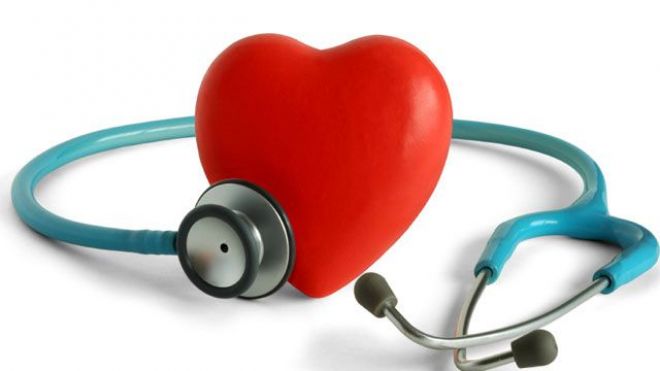For veterans, mental health care often fragmented
For veterans with mental health conditions, prompt and continuous access to mental health care can be lifesaving. However, research shows that after deployment, veterans often go years without obtaining mental health care, and when they do, their care is often fragmented. A recent study found that, among veterans with mental health conditions such as post-traumatic stress disorder (PTSD) and depression, the average time between return from deployment and initiation of mental health care was two years. The study, which looked at veterans of the Iraq and Afghanistan wars who visited Veterans Affairs (VA) medical centers between 2001 and 2011, also found that an average of seven and a half years lapsed between the first mental health visit, and the start of treatment that would be considered “minimally adequate” for these conditions which would be eight treatment sessions within a year. By the end of the study, 75 percent of veterans had not received minimally adequate care. The findings were published in the December 2012 issue of the journal Psychiatric Services. Prompt care is important because mental illness can impair people's lives and interfere with their relationships and jobs, said study researcher Shira Maguen, a psychologist at the San Francisco Veterans Affairs Medical Center who treats patients with PTSD. “If we can get them into care sooner, thats less time that they have to live with some of those challenges after they return from deployment,” Maguen said. Many factors can interfere with veterans getting mental health care, including the stigma associated with mental illnesses (such as the belief that seeking care is a sign of weakness), concern that seeking care may jeopardize their careers, trouble finding transport to VA centers, and trouble getting appointments. (Last year, a report from the VA inspector general found that about half of veterans seeking a mental health evaluation waited an average of 50 days for an evaluation.) To broaden access to mental health care, the VA says it has taken steps to increase staffing and to partner with community health care centers. In a report released last week, the VA said it has made agreements with 15 local clinics in seven states to allow veterans to be treated at those clinics. Maguen said it is also important to identify the factors that keep veterans coming back for care. Her study found that most veterans who receive minimally adequate care do so within one year of their first visit. Follow-up appointments are critical for patients at risk for suicide studies show that one of the highest risk periods for suicide is the month following discharge from a hospital or emergency room for a suicidal episode. But a report from the VA inspector general released last month found that about one-third of veterans at high risk for suicide did not receive the required four mental health follow-up visits within a month after their discharge. What's more, for about a third of these at-risk veterans, there was no documented attempt to contact them to remind them of their appointments. “That kind of a clinical response is not acceptable,” said M. David Rudd, provost of the University of Memphis who has studied suicide risk among veterans. “You dont have control over whether or not somebody will keep and appointment. You do have control of whether you attempt to track them.” The inspector general report said the VA needs to improve its effort to reach out to patients who do not show up for mental health appointments. Rudd said the VA may want to consider conducting home visits for psychiatric patients who have trouble getting to VA centers. The inspector general report said the VA should consider expanding the use of telemental health services, such as videoconferencing. The VA also said this week it has increased capacity of its Veterans Crisis Line to connect veterans in crisis with trained mental health providers. Copyright 2013 LiveScience, a TechMediaNetwork company. All rights reserved. This material may not be published, broadcast, rewritten or redistributed.source : http://www.foxnews.com/health/2013/05/31/for-veterans-mental-health-care-often-fragmented/




